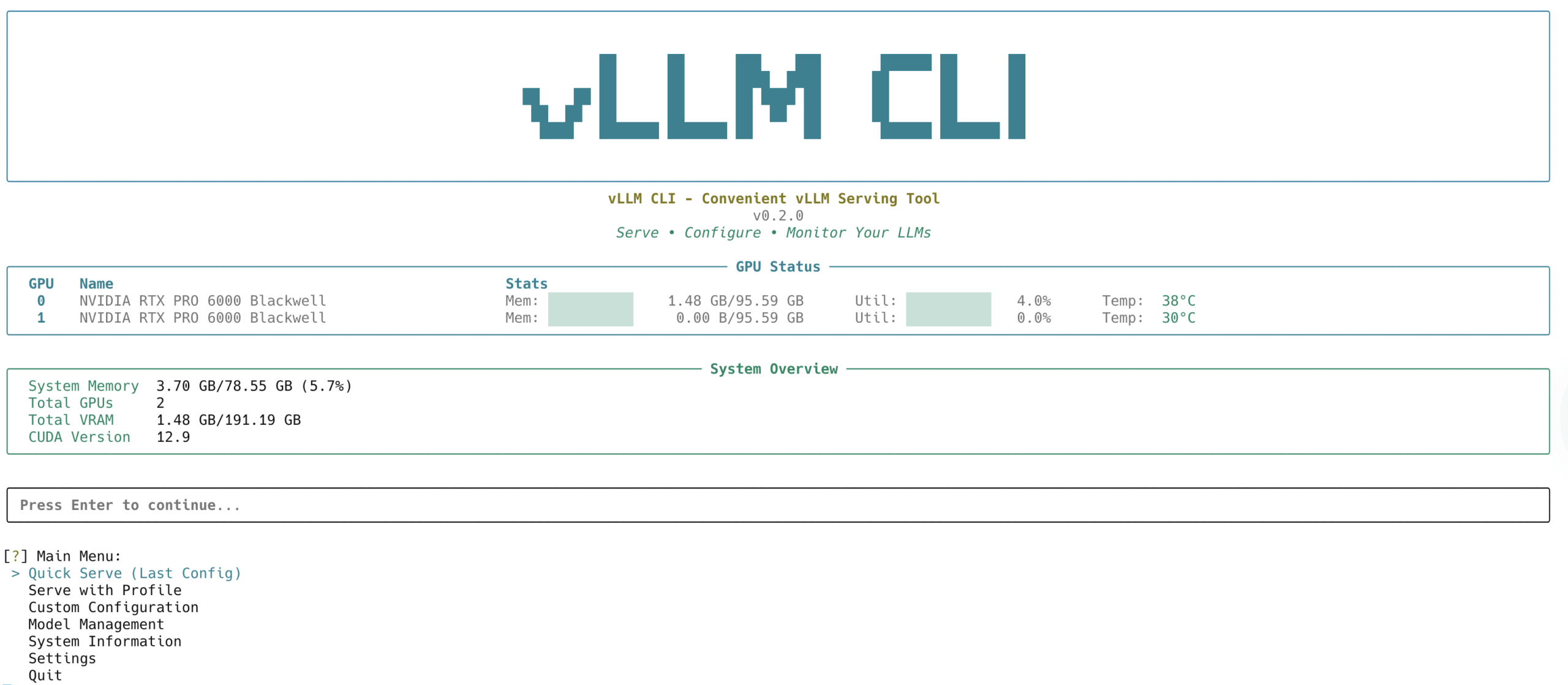Four Steps to Hassle-Free Debugging in Python
The following process can be followed for novice programmers who face obstacles in the operating environment:
1. Out-of-the-box coding environment
- New .py file directly after accessing the editor (no account login required)
- Automatic activation of Python syntax support with smart completion
- Built-in tips for automatic import of common libraries (e.g. requests, pandas)
2. Visual debugging tools
- Click on the line number to set a breakpoint (conditional breakpoints are supported)
- Use the debug console to view variable status changes
- Observe the program's direction through the "Execution Flow" chart.
3. AI-assisted troubleshooting
- Right click on the error message and select "Explain Error" to decipher the root cause of the error.
- Use #fixme to flag problem codes to get suggestions for fixes
- Request to generate a test case (enter # to generate test inputs for this function)
4. Outputs
- Exporting executable packages (PyInstaller integration)
- Generate annotated share links for teaching others
- Save to "My Snippets" to form a knowledge base.
Learning Tip: Turn on "Beginner Mode" in the settings for step-by-step guided programming tips.
This answer comes from the articleEasy Code Editor: An online code editor with AI-assisted featuresThe












